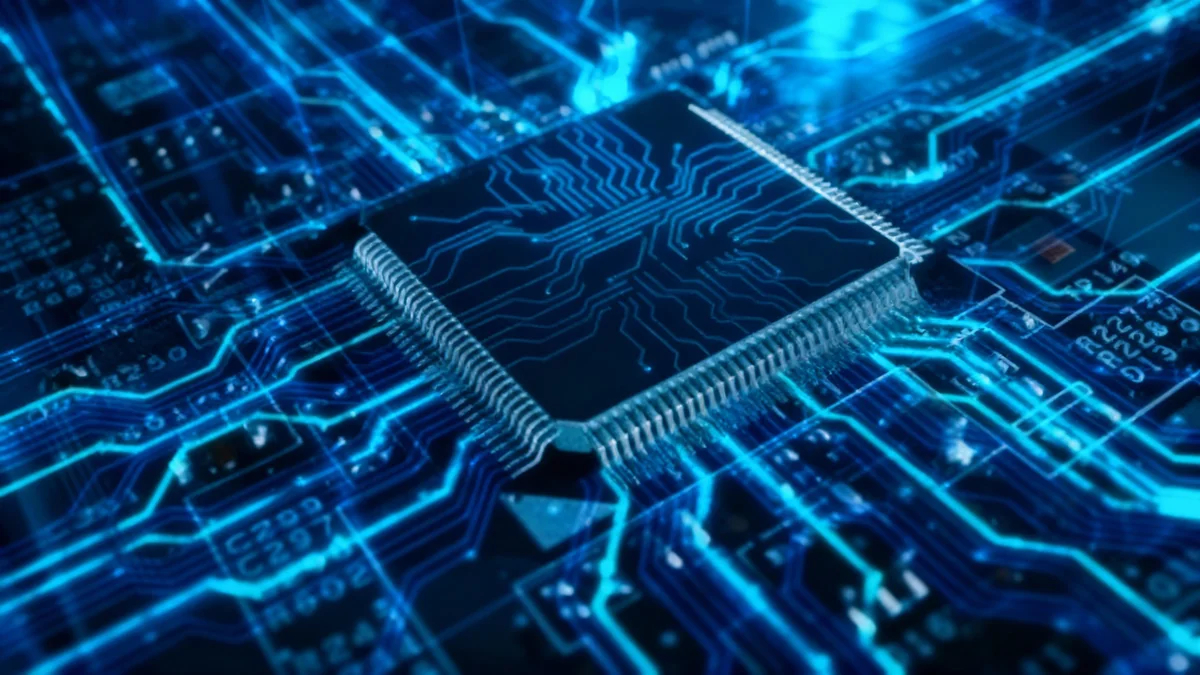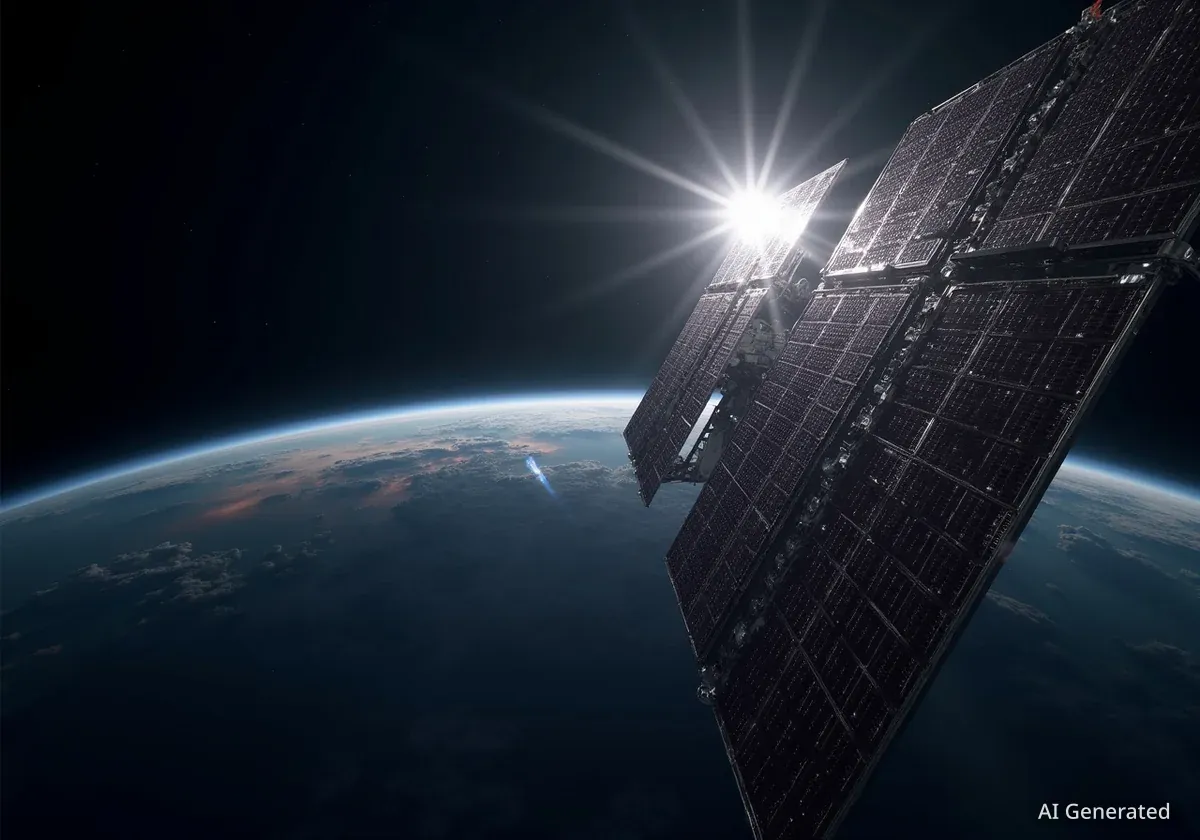The year 2025 is proving to be a landmark period for space robotics, with multiple international missions demonstrating significant progress in autonomous exploration, orbital servicing, and resource utilization. Key developments from the United States, China, India, and Japan are setting the stage for the next generation of space operations, from the lunar surface to Martian moons.
These initiatives, led by both government agencies and private companies, highlight a global shift towards more complex and collaborative robotic systems. While some missions have faced challenges, the data and experience gained are invaluable for future human and robotic endeavors in deep space.
Key Takeaways
- The U.S. marked its first private robotic rover mission to the Moon with Lunar Outpost's MAPP, despite a landing anomaly.
- Northrop Grumman advanced its orbital servicing capabilities by integrating a robotic payload onto its Mission Robotic Vehicle (MRV).
- China unveiled a new prototype for a space mining robot designed to operate on asteroids and the Moon.
- India is preparing to launch its first humanoid robot, Vyommitra, as a precursor to its crewed Gaganyaan mission.
- NASA and JAXA are moving forward with ambitious missions involving multi-robot collaboration and a sample return from Mars' moon Phobos.
US Pushes Commercial and Collaborative Lunar Exploration
American efforts in 2025 have focused on leveraging commercial partnerships and developing advanced autonomous systems for lunar exploration. These missions are critical components of NASA's broader Artemis program, which aims to establish a sustainable human presence on the Moon.
Lunar Outpost's MAPP Rover Mission
A significant milestone was achieved with the launch of the Mobile Autonomous Prospecting Platform (MAPP), the first commercial exploration vehicle from the U.S. to reach the lunar vicinity. Developed by Colorado-based Lunar Outpost, the rover was part of Intuitive Machines' mission that launched on February 26, 2025, aboard a SpaceX Falcon 9 rocket.
The mission targeted the Moon's south pole, a region of high scientific interest. Although the Athena lander tipped over during its landing on March 6, preventing MAPP's deployment onto the surface, the rover remained operational. It successfully transmitted valuable data for approximately 2.7 hours from inside the lander.
Mission Despite Setback
Even without deploying, the MAPP rover managed to test key systems, including Nokia's LTE/4G communications technology and MIT's micro-rover AstroAnt. This data is crucial for refining future lunar surface operations.
Lunar Outpost is already planning its next mission, Lunar Voyage 2, scheduled for 2026. This mission will target the Reiner Gamma region and build upon the lessons learned from the first flight.
NASA's CADRE Rover Team
NASA is also advancing the concept of multi-robot exploration with its Cooperative Autonomous Distributed Robotic Exploration (CADRE) mission. Scheduled for a 2025-2026 launch, this mission will send a team of three small, solar-powered rovers to the Moon's Reiner Gamma region.
The key innovation of CADRE is its autonomy. The rovers are designed to work together as a cohesive team to map the lunar surface in 3D without direct, real-time commands from human operators. According to mission planners, this technology could revolutionize planetary exploration by allowing robotic fleets to perform large-scale scientific surveys and prepare sites for human arrival.
New Frontiers in Orbital Servicing
Beyond planetary exploration, 2025 saw major progress in the technology needed to maintain and extend the life of satellites in orbit. These systems aim to reduce space debris and maximize the value of orbital assets.
Northrop Grumman's Mission Robotic Vehicle
In June 2025, Northrop Grumman completed a critical step by integrating a sophisticated robotics payload onto its Mission Robotic Vehicle (MRV). This project, part of a DARPA program, is designed to bring unprecedented servicing capabilities to geosynchronous Earth orbit (GEO), a high-value region populated by communications and national security satellites.
The MRV builds on the success of the company's previous Mission Extension Vehicle (MEV) missions. Unlike its predecessors, the MRV will be able to perform a wider range of tasks.
The system is designed to conduct complex operations, including detailed satellite inspections, repairs, and relocations. It will also install Mission Extension Pods (MEPs), which act as small jetpacks to add at least five years of operational life to aging satellites.
With a launch planned for 2026, the MRV represents a move towards a more sustainable and manageable orbital environment. By servicing existing satellites, the system can help mitigate the growing problem of orbital debris.
Asia's Growing Robotic Ambitions in Space
Space agencies across Asia are also developing innovative robotic systems, with major projects underway in China, India, and Japan that span from resource extraction to astronaut assistance and sample return missions.
A Global Space Race in Robotics
The parallel development of advanced robotics by multiple nations signals a new era of space activity. These efforts are not just for scientific discovery but are also foundational for future economic activities in space, such as mining and in-orbit manufacturing.
China's Prototype for Space Mining
China is looking toward the future of in-situ resource utilization with a new space mining robot prototype. Developed by the China University of Mining and Technology (CUMT), the robot is engineered to operate in the microgravity environments of asteroids and the Moon.
Its unique design features six legs with both wheels and claws, inspired by insect locomotion. This allows it to move and anchor itself securely on irregular surfaces, a key challenge for drilling and sample collection in low gravity. This technology could one day enable the extraction of valuable resources to support deep-space missions.
India's Humanoid Assistant Vyommitra
The Indian Space Research Organization (ISRO) is preparing to launch Vyommitra, the country's first humanoid robot, in December 2025. This mission is a crucial precursor to the Gaganyaan program, which will carry Indian astronauts into orbit.
Vyommitra, a semi-humanoid robot, will fly an uncrewed mission to test the Gaganyaan spacecraft's systems. It is designed to simulate human functions, monitor cabin parameters, and interact with the life-support system. Its primary role is to validate the safety and reliability of the crew module before astronauts fly in 2027.
Japan's Ambitious Martian Moons Mission
The Japan Aerospace Exploration Agency (JAXA) is targeting a 2026 launch for its Martian Moons eXploration (MMX) mission. This highly ambitious project aims to be the first to collect a sample from Phobos, the largest moon of Mars, and return it to Earth.
The MMX spacecraft is equipped with two sampling systems to collect over 10 grams of material from both the surface and subsurface of Phobos. After collection, a robotic arm will transfer the sample to a capsule scheduled to return to Earth in 2031. Scientists hope the sample will provide clues about the origin of Mars' moons and the early solar system.
Implications for the Future of Space Operations
The robotic missions of 2025 are laying a critical foundation for a more sustainable and expansive human presence in space. From commercial lunar rovers to orbital mechanics and humanoid assistants, these systems are proving that automation and robotics are essential for making space exploration safer, more efficient, and more ambitious.
While technical and regulatory challenges remain, the progress seen this year indicates a clear trajectory. Future space operations will increasingly rely on sophisticated robotic systems working both independently and alongside human crews, unlocking new possibilities for science, commerce, and exploration across the solar system.





